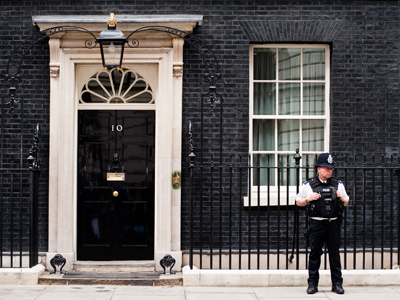
Pick a Figure 3
This is the third in our series of Eleven Plus Verbal Reasoning quizzes on Picking a Figure to Fulfil Criteria. By now you should be a dab hand at finding multiples, factors, prime numbers and squares. Make sure you understand these terms as you’ll need to know what they mean when you come to take your exam.
Square numbers are the result of multiplying a number by itself. You probably know most of the lower ones already but, just in case you need a reminder:
1 x 1 = 1, 2 x 2 = 4, 3 x 3 = 9, 4 x 4 = 16, 5 x 5 = 25, 6 x 6 = 36, 7 x 7 = 49, 8 x 8 = 64, 9 x 9 = 81, 10 x 10 = 100, 11 x 11 = 121, 12 x 12 = 144
If you can memorise these it will be a great help, in your maths lessons, in your 11+ exams, and in your future life. Many people think that maths is no use to them, but you’d be surprised just how often we make use of it. Now on with the quiz. Good luck!
Which of the following is not a factor of 24?
2, 6, 4, 48, 12 Answer:
‘Factor’ means a number which fits exactly into another. The numbers 2, 4, 6 and 12 all fit into 24 whereas 48 does not, so the correct answer is 48.
225, 400, 100, 200, 144
52, 39, 26, 91, 83
All of the options, except 83, can be divided by 13 with no remainder
76, 19, 2, 1, 38
21, 14, 11, 28, 9
3, 89, 31, 21, 17
66, 147, 169, 97, 110
132, 122, 155, 67, 34
The only one of the options which can be divided by 11 with no remainder is 132
20, 105, 553, 25, 90
All of the options, except 553, can be divided by 5 with no remainder (any number ending with a 0 or a 5 is a multiple of 5)
31, 27, 17, 47, 5
77, 11, 9, 15, 4
Ready for more?
not all...
quizzers. Try to win a coveted spot on our Hall of Fame Page.







